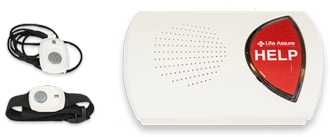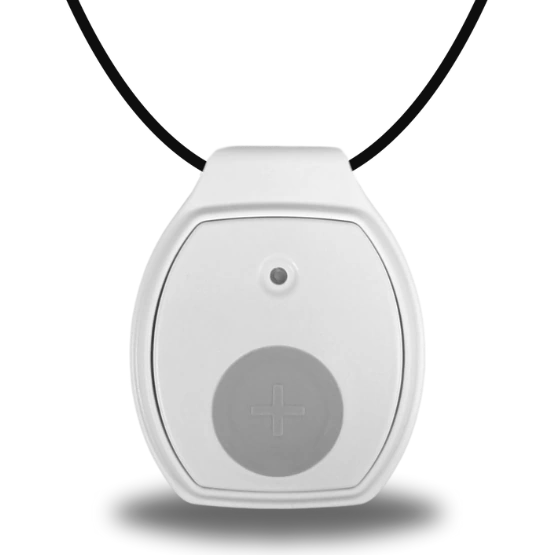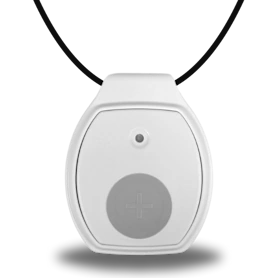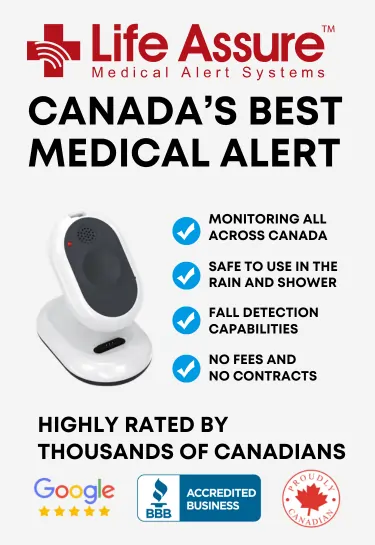Scooter for Seniors Buying Guide: What to Know Before You Purchase
Our Key Takeaway
Before buying a mobility scooter for seniors, focus on real-world comfort, safety and performance rather than just price or speed. In Canada, consider how it handles cold weather, battery range, size, storage options and ease of use with winter gear. Look for features like deep-tread tires, adjustable seating, smooth controls, bright lighting and a strong warranty with local service support. Always test the scooter on sidewalks or paths you use daily and review local bylaws for safe and confident travel.
A mobility scooter for the elderly can bring freedom and comfort to your Canadian days. You move farther, faster, and save energy for family and joy. You handle errands, clinic visits, and neighbourhood strolls on your own with confidence.
You sit securely, reduce falls, and protect sore joints on longer trips. Snowy paths, curb cuts, and small hills also feel easier with steady traction.
However, stores offer countless models, batteries, sizes, and control styles of scooters. Which scooter should be apt for you? Well, keep reading to learn the basics before buying a scooter for seniors.
Life Assure Product Quiz
Take our 30 second quiz and discover which Life Assure medical alert device is the right fit for you or a loved ones.
Life Assure Product Quiz
Take our 30 second quiz and discover which Life Assure medical alert device is the right fit for you or a loved ones.
Things to Keep in Mind Before Buying a Scooter for Seniors

Here are some key features you should consider before purchasing a mobility scooter for aged adults.
Cold-weather performance (snow/ice)
Canadian winters ask a lot from a senior mobility scooter. Cold air slows batteries and stiffens tires. Snow piles and ice patches also change how you brake and turn.
So, look for tires with deep tread and a soft compound. Pneumatic tires cushion bumps and help on slush. Solid tires resist flats from salt and grit.
A scooter's wider wheelbase adds stability on rutted paths. Front and rear suspension can smooth frozen seams and curb lips.
Also, check the motor’s torque rating, not just top speed. More torque helps on slick ramps and short snowy hills.
Travel range & battery life
Small mobility scooters for the elderly usually cover 8-15 miles. Mid-size models reach about 15-20 miles on mixed routes.
You pick a range for errands like pharmacy, bank, and groceries. However, add a 30% buffer for hills, stops, and detours. Rider weight and shopping bags cut distance.
Lower speeds also help you go farther between charges. Thus, higher amp-hour batteries suit longer suburban rides.
Dual-battery setups support park visits and cross-town days. Keep tires inflated and use eco mode on busy paths to maximize the charge.
Size and weight capacity
Start with the scooter’s weight rating in kilograms. Choose a model that supports you, plus winter gear. Add a tote bag, groceries, and a thermos, too. A 20% safety cushion keeps steering light and steady.
Besides, the seat width of the senior scooter should match your hips with a little space. Armrests that flip up make transfers much easier. Adjustable tillers also help your shoulders relax on longer rides.
Foot space matters if you wear boots. Check the floor length and the angle of your knees. Four-wheel frames feel planted on uneven sidewalks. Three-wheel frames turn tighter in small elevators.
Transport, elevator fit, and storage
Think about where the scooter will sleep every night. A heated garage is perfect, but many seniors lack one in their homes. Some condos may offer a shared mobility room with plugs. Ask building management about outlets and rules for charging.
If you fold or disassemble, check the heaviest piece's weight. Can you lift it into a car trunk without strain? Try the lift yourself, not just the salesperson. Ramps help for hatchbacks and small SUVs, for example. Besides, cover the scooter to protect the contacts on highway trips.
On transit, size limits vary by city and service. TTC, STM, and TransLink each post scooter dimensions. Measure length, width, and turning circle before riding onboard. Paratransit usually allows larger models with notice.
Store the charger near the parking spot for easy use. Keep cords out of walkways to prevent trips. A simple wall hook can hold a charging cable safely. Ventilate storage areas to avoid battery heat build-up.
Controls and Ease of Use

Controls should feel friendly from the first touch. Try the throttle with winter gloves, not bare hands. A delta tiller lets you rest both wrists while steering. Speed dials should turn smoothly and not slip.
Bright LED lights matter when days get dark early. So, clear buttons must be there for the lights, horn, and hazards to help at dusk. A backlit display is also helpful under cloudy skies.
Mirrors must give a rear view of bike paths and shared lanes. Larger mirrors help if you wear a toque or hood. Besides, electromagnetic brakes enable a smooth ride without jerks. So, for seniors, it’s an important feature to have in their scooters.
The presence of a slow-start mode will help seniors in crowded malls and clinics. Programmable speed limits help cap top speed near pedestrians. Last but not least, the scooter must be equipped with an adjustable suspension that lets you tune ride comfort seasonally.
Warranty and nearby service
A strong warranty is more than paper. While buying the senior mobility scooter, ask for a 2- to 3-year warranty on major components. Batteries usually have a separate, shorter warranty. Read the fine print on water exposure and salt.
Service matters even more than warranty years. Is there a local technician within your postal code? Same-week repairs beat shipping a scooter across provinces. Ask about mobile service vans for at-home fixes. Also, check parts stock inside Canada, not only abroad.
In addition, do not skip any service visit date. A basic maintenance schedule prevents big issues later.
Sidewalk vs. road rules (city/province)
Rules change by city and sometimes by street. In many places, mobility scooters are used by seniors on sidewalks when safe. Some paths ask for walking speed near busy doors. Shared trails may ask you to yield to pedestrians first.
However, crosswalks and curb cuts remain the safest road points. On the road, you are slower than bikes and cars. It can be risky in winter slush and low light.
Thus, many towns suggest staying off the roadway when possible. Local bylaws may set limits on speed and device width, too. However, malls and community centres welcome scooters during cold snaps.
Always carry lights, a bell, and some reflective tape. Keep to the right, pass slowly, and make eye contact. When unsure, call your city’s bylaw office for clear guidance.
Conclusion
You should check the weather needs, real range, comfort, and local rules first. Then, test on real sidewalks, feel the ride, and trust your comfort. Finally, you should pick the model that fits your ageing life today and winter tomorrow, confidently and safely.












 Get Help With The Push Of
A Button
Get Help With The Push Of
A Button















